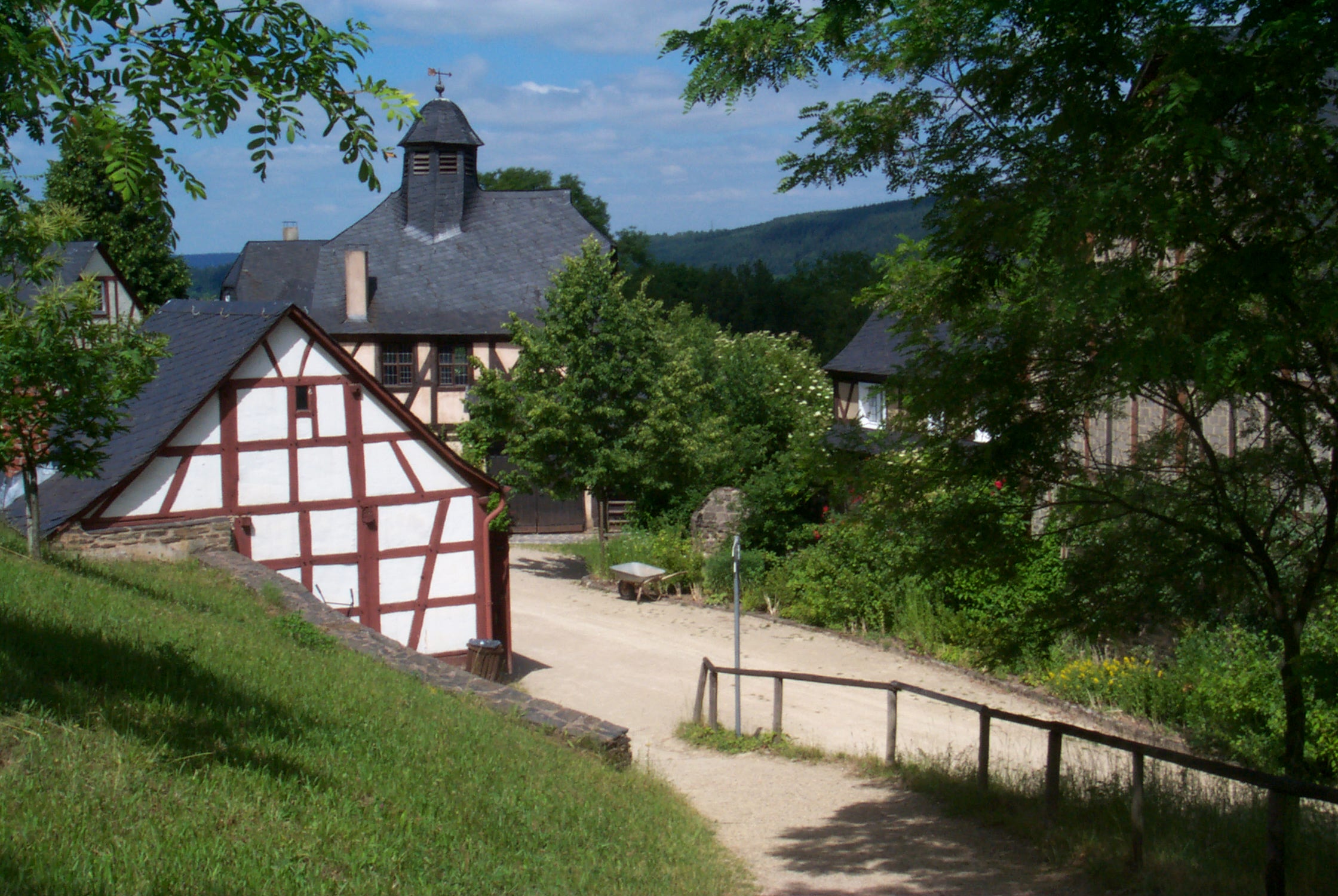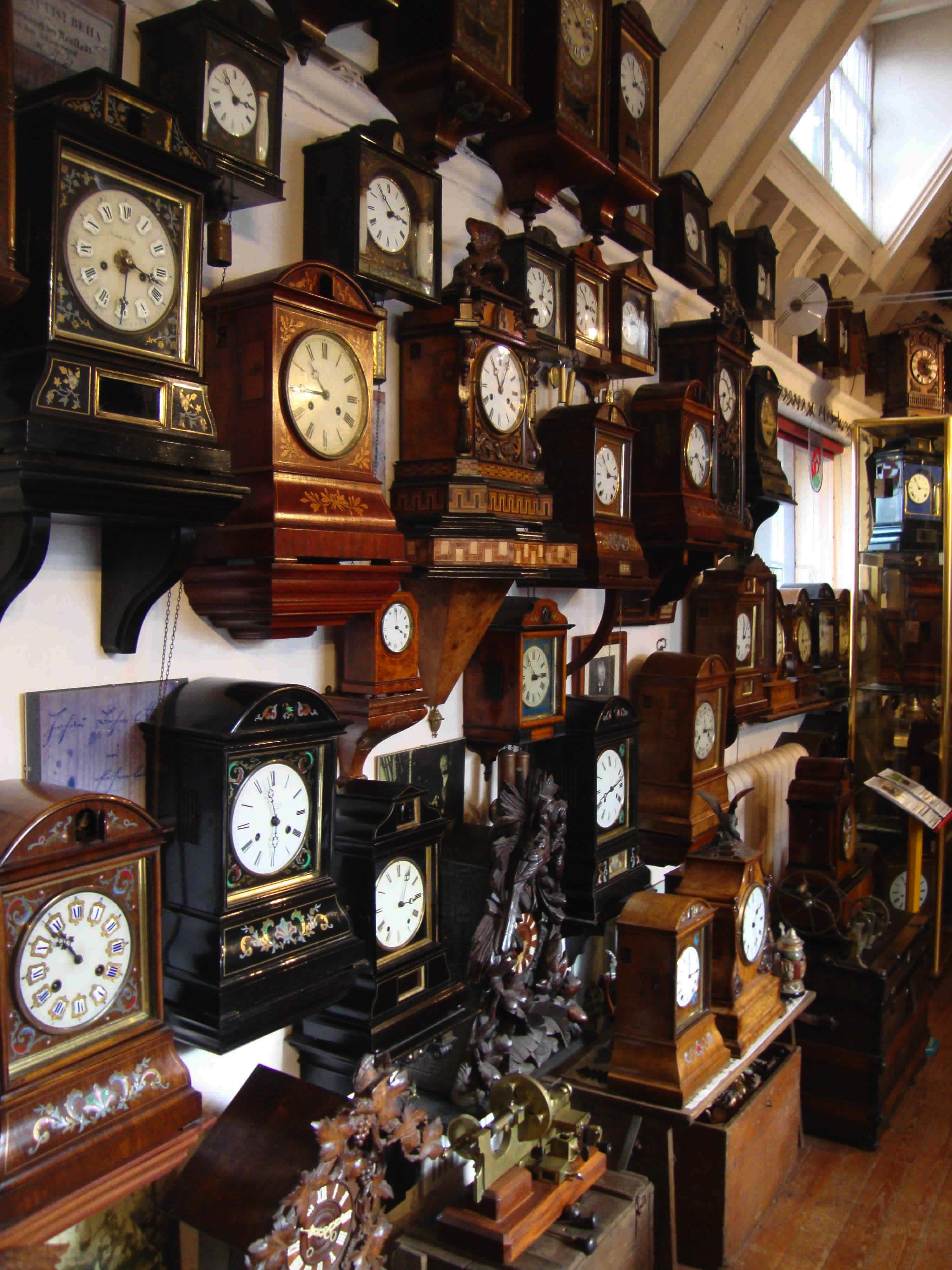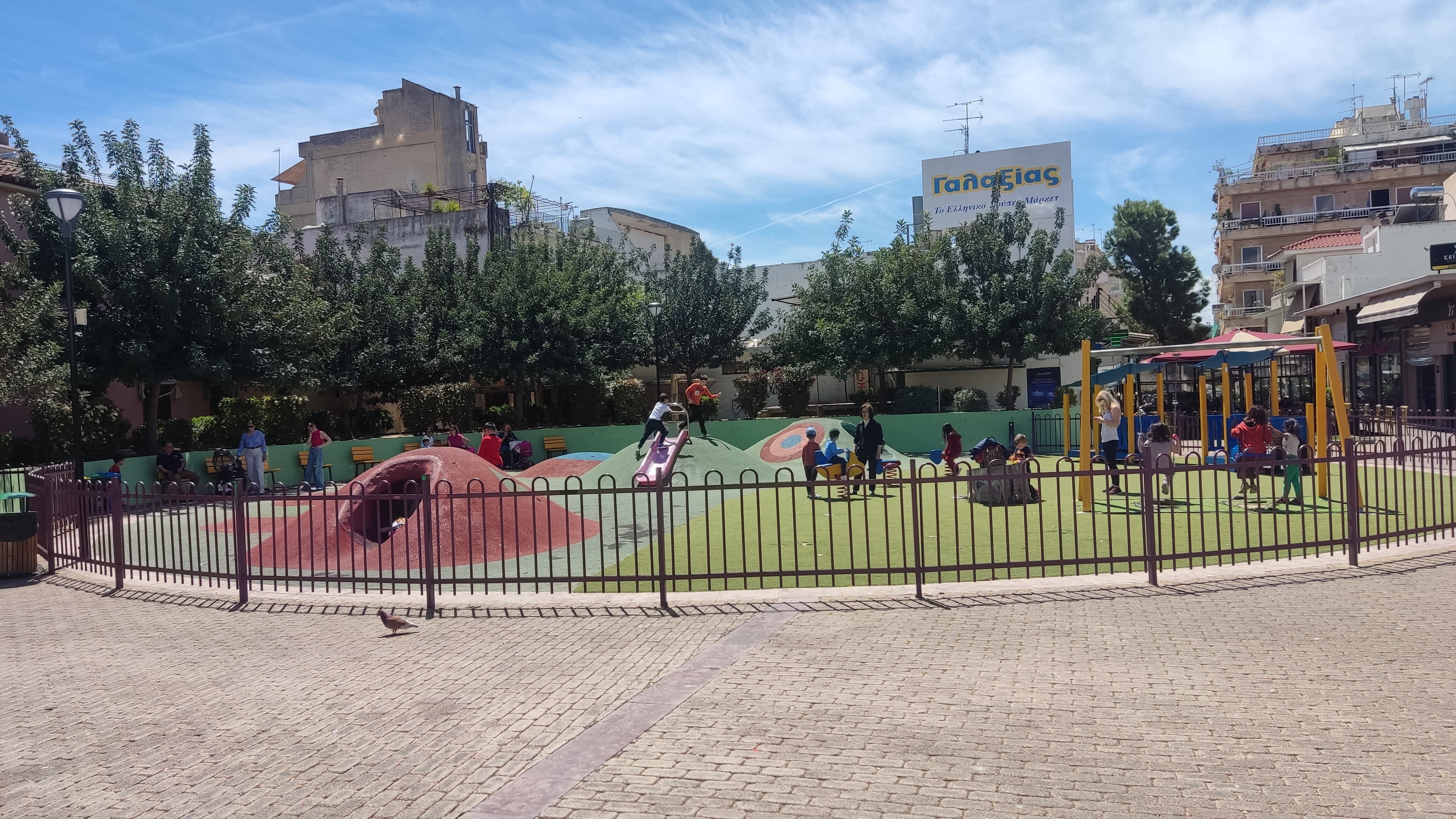|
Roscheider Hof Open Air Museum
The Freilichtmuseum Roscheider Hof is an open-air museum and folklore museum in the Greater SaarLorLux Region. The museum is situated in Konz, Germany, on the Saar and Mosel rivers, 8 km west of Trier and 30 km east of Luxembourg. It is a museum for rural cultural history in northwest Rhineland-Palatinate and the German-Luxembourg-Lorraine border region. Unlike many other open-air museums, the Roscheider Hof is not a public or community institution. The sponsoring organisation for the museum since its foundation has been the registered, non-profit association founded in 1973, "Volkskunde- und Freilichtmuseum Roscheider Hof, Konz e.V." with over 1000 members in 2007. The museum is financed by membership fees, entrance charges, subsidies and donations. The founder of the association was Prof. Rolf Robischon. Attractions * 4000 m2 of folklore exhibitions ranging from winegrowing to dentistry in the historical exhibition building and, since autumn of 2006, in t ... [...More Info...] [...Related Items...] OR: [Wikipedia] [Google] [Baidu] |
Konz
Konz () is a city in the Trier-Saarburg district, in Rhineland-Palatinate, Germany. It is situated at the confluence of the rivers Saar and Moselle, approx. 8 km southwest of Trier. Konz is the seat of the ''Verbandsgemeinde'' ("collective municipality") Konz. The following villages are part of the municipality Konz: *Canet *Filzen *Hamm *Karthaus *Könen *Krettnach *Kommlingen *Niedermennig *Oberemmel *Obermennig *Roscheid *Pellingen History From 18 July 1946 until 6 June 1947 Konz, in its then municipal boundary, formed part of the Saar Protectorate The Saar Protectorate ( ; ), officially Saarland (), was a short-lived French protectorate and a disputed territory separated from Germany. On joining the Federal Republic of Germany (FRG/West Germany) in 1957, it became the smallest "federal .... Population As of February 2024, the general population is 19,142. Museums * Roscheider Hof Open Air Museum References External links Websites in Konz ... [...More Info...] [...Related Items...] OR: [Wikipedia] [Google] [Baidu] |
Village
A village is a human settlement or community, larger than a hamlet but smaller than a town with a population typically ranging from a few hundred to a few thousand. Although villages are often located in rural areas, the term urban village is also applied to certain urban neighborhoods. Villages are normally permanent, with fixed dwellings; however, transient villages can occur. Further, the dwellings of a village are fairly close to one another, not scattered broadly over the landscape, as a dispersed settlement. In the past, villages were a usual form of community for societies that practice subsistence agriculture and also for some non-agricultural societies. In Great Britain, a hamlet earned the right to be called a village when it built a church.-4; we might wonder whether there's a point at which it's appropriate to talk of the beginnings of French, that is, when it wa ... ''village'', from Latin ''villāticus'', ultimately from Latin ''villa'' (English ''vi ... [...More Info...] [...Related Items...] OR: [Wikipedia] [Google] [Baidu] |
Revolutionary
A revolutionary is a person who either participates in, or advocates for, a revolution. The term ''revolutionary'' can also be used as an adjective to describe something producing a major and sudden impact on society. Definition The term—both as a noun and adjective—is usually applied to the field of politics, but is also occasionally used in the context of science, invention or art. In politics, a revolutionary is someone who supports abrupt, rapid, and drastic change, usually replacing the status quo, while a reformist is someone who supports more gradual and incremental change, often working within the system. In that sense, revolutionaries may be considered radical, while reformists are moderate by comparison. Moments which seem revolutionary on the surface may end up reinforcing established institutions. Likewise, evidently small changes may lead to revolutionary consequences in the long term. Thus the clarity of the distinction between revolution and reform is more c ... [...More Info...] [...Related Items...] OR: [Wikipedia] [Google] [Baidu] |
Birthday Parties
A party is a gathering of people who have been invited by a Hospitality, host for the purposes of socializing, conversation, recreation, or as part of a festival or other commemoration or celebration of a special occasion. A party will often feature food and beverages, and often conversation, music, dancing, or other forms of entertainment. Some parties are held in honor of a specific person, day, or event, such as a birthday party, a Super Bowl party, or a St. Patrick's Day party. Parties of this kind are often called celebrations. A party is not necessarily a private occasion. Public parties are sometimes held in restaurants, Public house, pubs, beer gardens, nightclubs, or Bar (establishment), bars, and people attending such parties may be charged an admission fee by the host. Large parties in public streets may celebrate events such as Mardi Gras or the signing of a peace treaty ending a long war. Types Balls Banquets Birthday party A birthday party is a celeb ... [...More Info...] [...Related Items...] OR: [Wikipedia] [Google] [Baidu] |
Museum
A museum is an institution dedicated to displaying or Preservation (library and archive), preserving culturally or scientifically significant objects. Many museums have exhibitions of these objects on public display, and some have private collections that are used by researchers and specialists. Museums host a much wider range of objects than a library, and they usually focus on a specific theme, such as the art museums, arts, science museums, science, natural history museums, natural history or Local museum, local history. Public museums that host exhibitions and interactive demonstrations are often tourist attractions, and many draw large numbers of visitors from outside of their host country, with the List of most-visited museums, most visited museums in the world attracting millions of visitors annually. Since the establishment of Ennigaldi-Nanna's museum, the earliest known museum in ancient history, ancient times, museums have been associated with academia and the preserva ... [...More Info...] [...Related Items...] OR: [Wikipedia] [Google] [Baidu] |
Tour Guide
A tour guide (U.S.) or a tourist guide (European) is a person who provides assistance, and information on cultural, historical and contemporary heritage to people on organized sightseeing and individual clients at educational establishments, religious and historical sites such as; museums, and at various venues of tourist attraction resorts. Tour guides also take clients on outdoor guided trips. These trips include hiking, whitewater rafting, mountaineering, alpine climbing, rock climbing, ski and snowboarding in the backcountry, fishing, and biking. History In 18th-century Japan, a traveler could pay for a tour guide or consult guide books such as Kaibara Ekken's ''Keijō Shōran'' (The Excellent Views of Kyoto). Description In Europe The CEN (European Committee for Standardization) definition for "tourist guide" – part of the work by CEN on definitions for terminology within the tourism industry – is a "person who guides visitors in the language of their choi ... [...More Info...] [...Related Items...] OR: [Wikipedia] [Google] [Baidu] |
Christmas Market
A Christmas market is a street market associated with the celebration of Christmas during the four weeks of Advent. These markets originated in Germany, but are now held in many countries. Some in the U.S. have Phono-semantic matching, adapted the German name to quasi-English ''Christkindlmarket'', swapping German ''Markt'' and ''market''. Christmas markets date to the Late Middle Ages in the German-speaking part of Europe and in many parts of the former Holy Roman Empire, which included many eastern regions of modern France. They became a popular Advent custom during the Reformation era. Dresden's Striezelmarkt was first held in 1434 and one of the first true Christmas markets; earlier markets of the season were "December markets". Early mentions of these "December markets" can be found in Vienna (1296), Christkindlmarkt at Marienplatz, Munich (1310), Bautzen (1384), and Frankfurt Christmas Market, Frankfurt (1393). In many towns in Germany, Switzerland, and Austria, Advent i ... [...More Info...] [...Related Items...] OR: [Wikipedia] [Google] [Baidu] |
Collection (museum)
A museum is distinguished by a collection of often unique objects that forms the core of its activities for exhibitions, education, research, etc. This differentiates it from an archive or library, where the contents may be more paper-based, replaceable and less exhibition oriented, or a private collection of art formed by an individual, family or institution that may grant no public access. A museum normally has a collecting policy for new acquisitions, so only objects in certain categories and of a certain quality are accepted into the collection. The process by which an object is formally included in the collection is called ''accessioning'' and each object is given a unique accession number. Museum collections, and archives in general, are normally catalogued in a collection catalogue, traditionally in a card index, but nowadays in a computerized database. Transferring collection catalogues onto computer-based media is a major undertaking for most museums. All new acquis ... [...More Info...] [...Related Items...] OR: [Wikipedia] [Google] [Baidu] |
Playground
A playground, playpark, or play area is a place designed to provide an environment for children that facilitates play, typically outdoors. While a playground is usually designed for children, some are designed for other age groups, or people with disabilities. A playground might exclude children below (or above) a certain age. Modern playgrounds often have recreational equipment such as the seesaw, merry-go-round, swingset, slide, jungle gym, chin-up bars, sandbox, spring rider, trapeze rings, playhouses, and mazes, many of which help children develop physical coordination, strength, and flexibility, as well as providing recreation and enjoyment and supporting social and emotional development. Common in modern playgrounds are ''play structures'' that link many different pieces of equipment. Playgrounds often also have facilities for playing informal games of adult sports, such as a baseball diamond, a skating arena, a basketball court, or a tether ball. Public pla ... [...More Info...] [...Related Items...] OR: [Wikipedia] [Google] [Baidu] |
Beer Garden
A beer garden (German: ''Biergarten'') is an outdoor area in which beer and food are served, typically at shared tables shaded by trees. Beer gardens originated in Bavaria, of which Munich is the capital city, in the 19th century, and remain common in Southern Germany. They are usually attached to a brewery, beer hall, Public house, pub, or restaurant. History Facilities of this kind existed for example in Bamberg since 1605 under the German term :de:Bierkeller, "Bierkeller" ("Beer cellars"). At that time, the Roman Catholic Archdiocese of Bamberg, Archdiocese of Bamberg was directly subordinated to Rome and not yet to the Duchy of Bavaria. Hence, the first "Biergarten" in the strict sense of the term and of the decree of 1812 by the Kingdom of Bavaria developed at the beginning of 19th century in Munich. While it is unknown which brewery was first, it was likely one of Munich's big six: Löwenbräu, Hofbräuhaus, Augustinerbräu, Paulaner, Hacker-Pschorr and Spaten. Sea ... [...More Info...] [...Related Items...] OR: [Wikipedia] [Google] [Baidu] |








